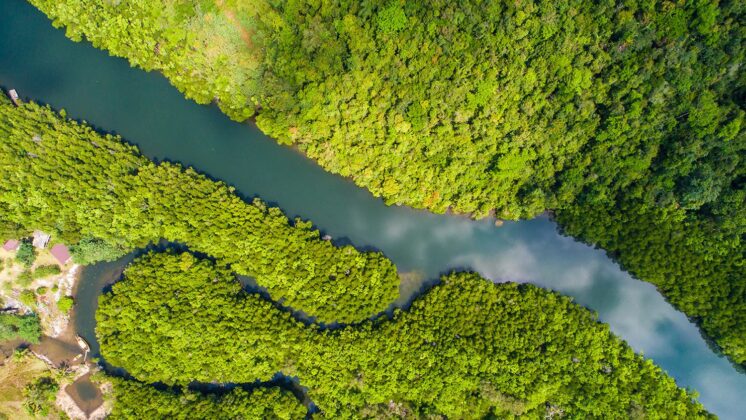We live in an era where humans live to 100 and Fortune 500 companies last fewer than 20 years. Technology is disrupting every industry. Even modern governments are designed for fast turnover in leadership and policy. So much of the future is uncertain. When we outlast so much, how do we achieve a satisfying life?
Lucky for us, humans are naturally creative creatures. Though we may find safety in routine, we are instinctually curious and driven to look for the next big thing. In today’s business world, this often translates to innovation.
How do we find ways to innovate? We improvise.
Last month, I attended a lecture by Hiromi Kokubun, a director at NHK (Japan’s national public broadcasting organization) and winner of the Ishibashi Tanzan Memorial Journalism award, as well as the Ohya Soichi Non-fiction Award. In the lecture, he spoke about his NHK Special Documentary “The Last Uncontacted People -Isolated-” (Kakuzetsusareta Hitobito -Isorado-), which features remote tribes in the Amazon.
What struck me was not the tribes themselves, but how Mr. Kokukun makes his films. He begins the usual way: by creating a script proposal for his company. However, when he reaches the filming site—in this case, the Amazon—he and his crew record for 24 hours straight. This obviously means they have to go a bit off book and adapt to sudden changes that emerge out of the original script.
Without these improvisations, Mr, Kokubun might have not made such a popular documentary or won his two awards. His exploration and testing of new methods allowed him to innovate.
It’s easy to imagine how trekking through the Amazon might call for some quick thinking. But improvisation is a valuable skill outside of such extreme circumstances, as well.
Charles A. O’Reilly III of Stanford Business School and Michael L. Tushman of Harvard Business School say that if organizations are to have a longer corporate life span, they need to be ambidextrous. That is to say, one part of the organization needs to focus on exploiting the business, while the other part of the organization explores opportunities. It is up to senior leadership to integrate the two—to improvise and make room for innovation.
This may make sense on the grand scale of corporate strategy, but if you work in a manufacturing plant or corporate headquarters, you may feel there is not much room for improvisation. You probably leave your house at the same time every day, reach work either by car or by commuter train, have KPIs that emphasize efficiency and productivity, and then, back at home, follow more daily routines. Even after work, perhaps you pick up your children, go to the gym, or get groceries at the nearby supermarket. Welcoming the unexpected boosts creativity and brings satisfaction to our lives, but how can we explore and improvise in a regulated lifestyle?
The short answer: get out of your comfort zone.

In over 30 interviews with CEOs and GLOBIS MBA alumni*, we found this to be a crucial part of getting a personal mission (what we call kokorozashi at GLOBIS) off the ground. Begin with your daily life. Try changing your departure time in the morning, or taking a different commuting route. At the end of the day, visit a cinema or museum instead of going home straight from work.
Paulo Coelho wrote in his best-selling novel, The Alchemist, that “Every search begins with beginner’s luck. And every search ends with the visitor’s being severely tested.”
Changing even small parts of our routine is how we stumble upon beginner’s luck. From there, improvising will test our passion, which is the source of our kokorozashi and the secret to achieving not only a successful career, but a satisfying life in this challenging age. In time, we may even find our way to beautiful results, as Mr. Kokobun has done with his documentaries.
*To see what these dozens of interviews revealed about finding and developing a personal mission, read Kokorozashi: The Pursuit of Meaning in Business.



